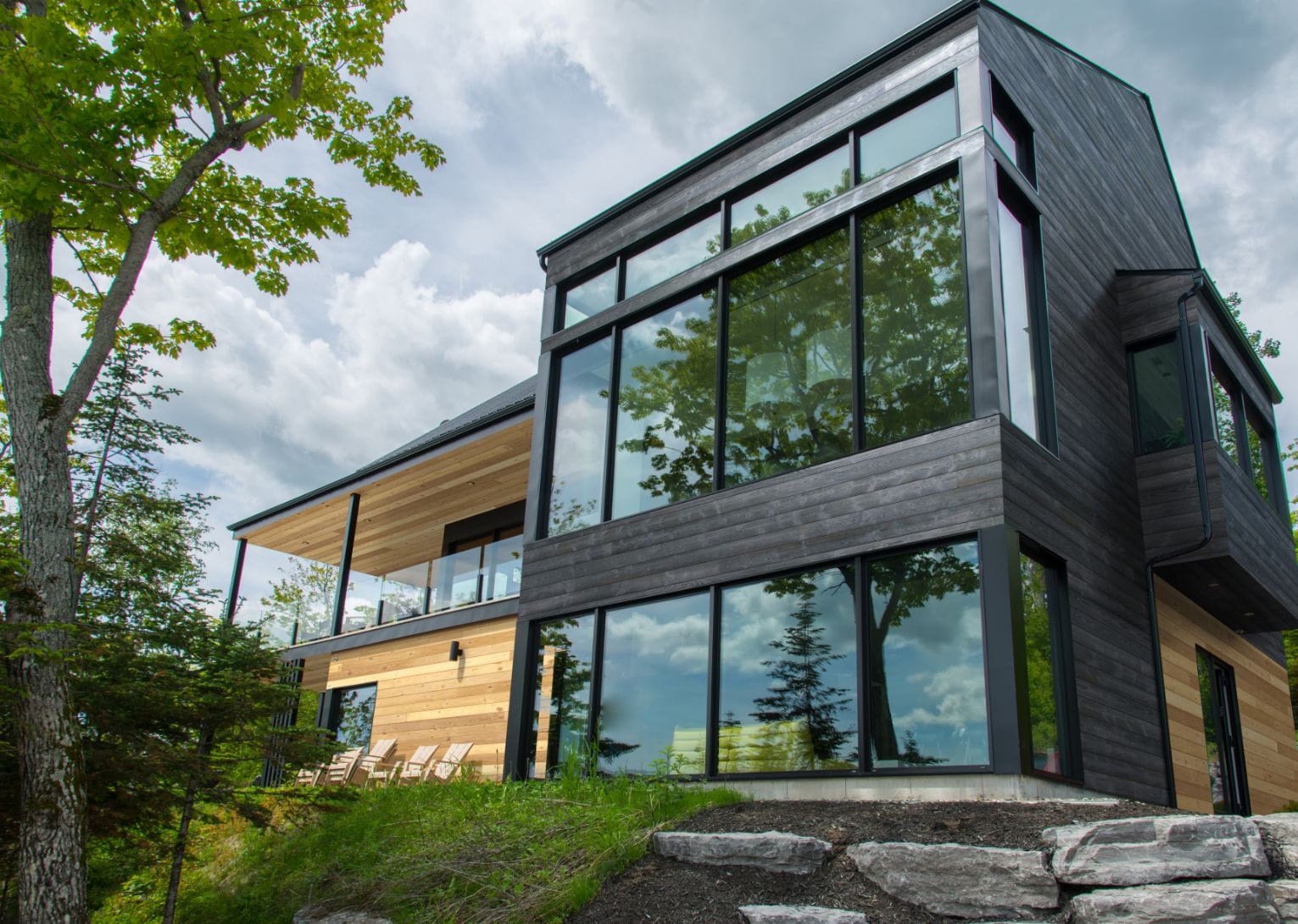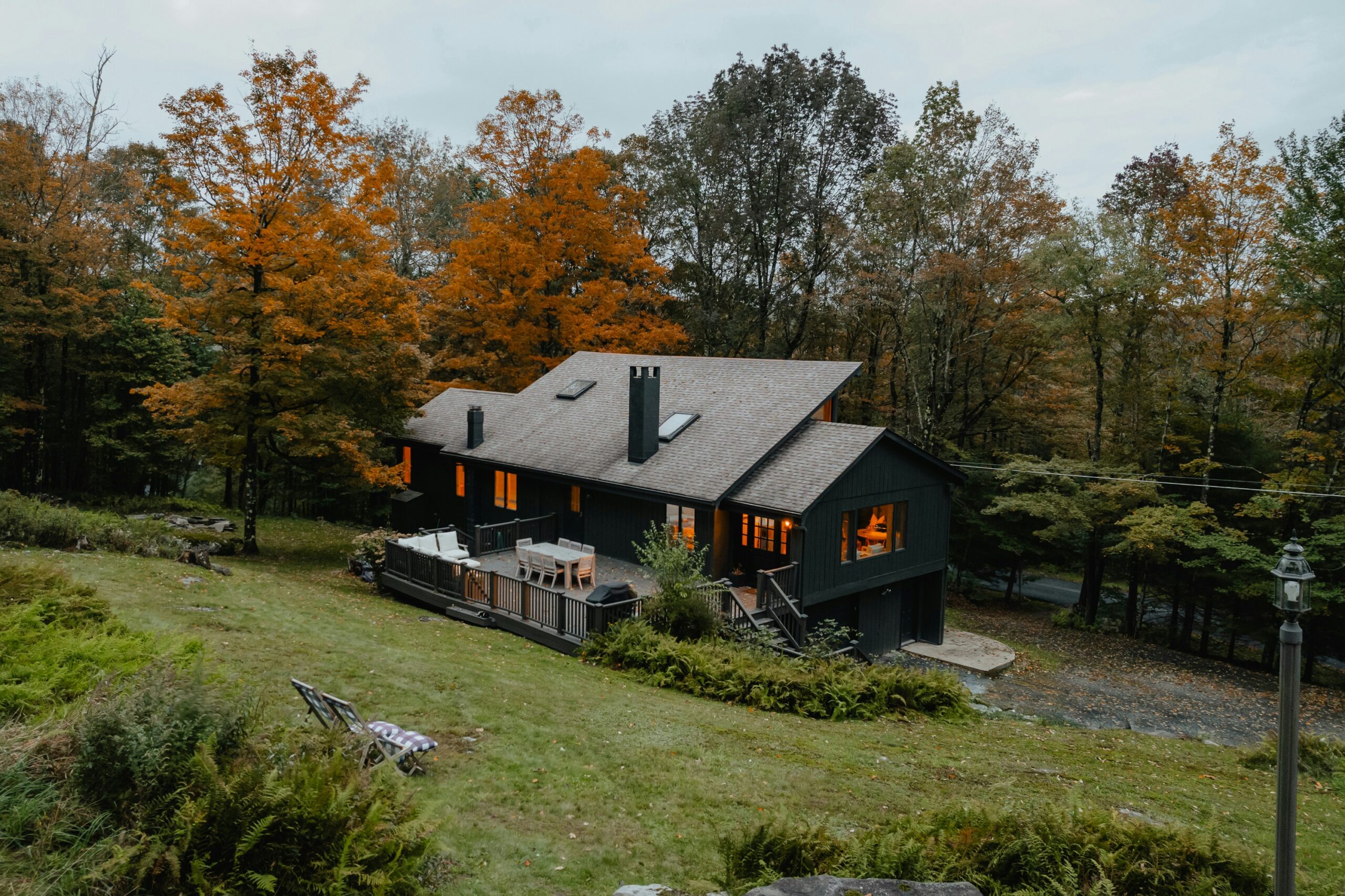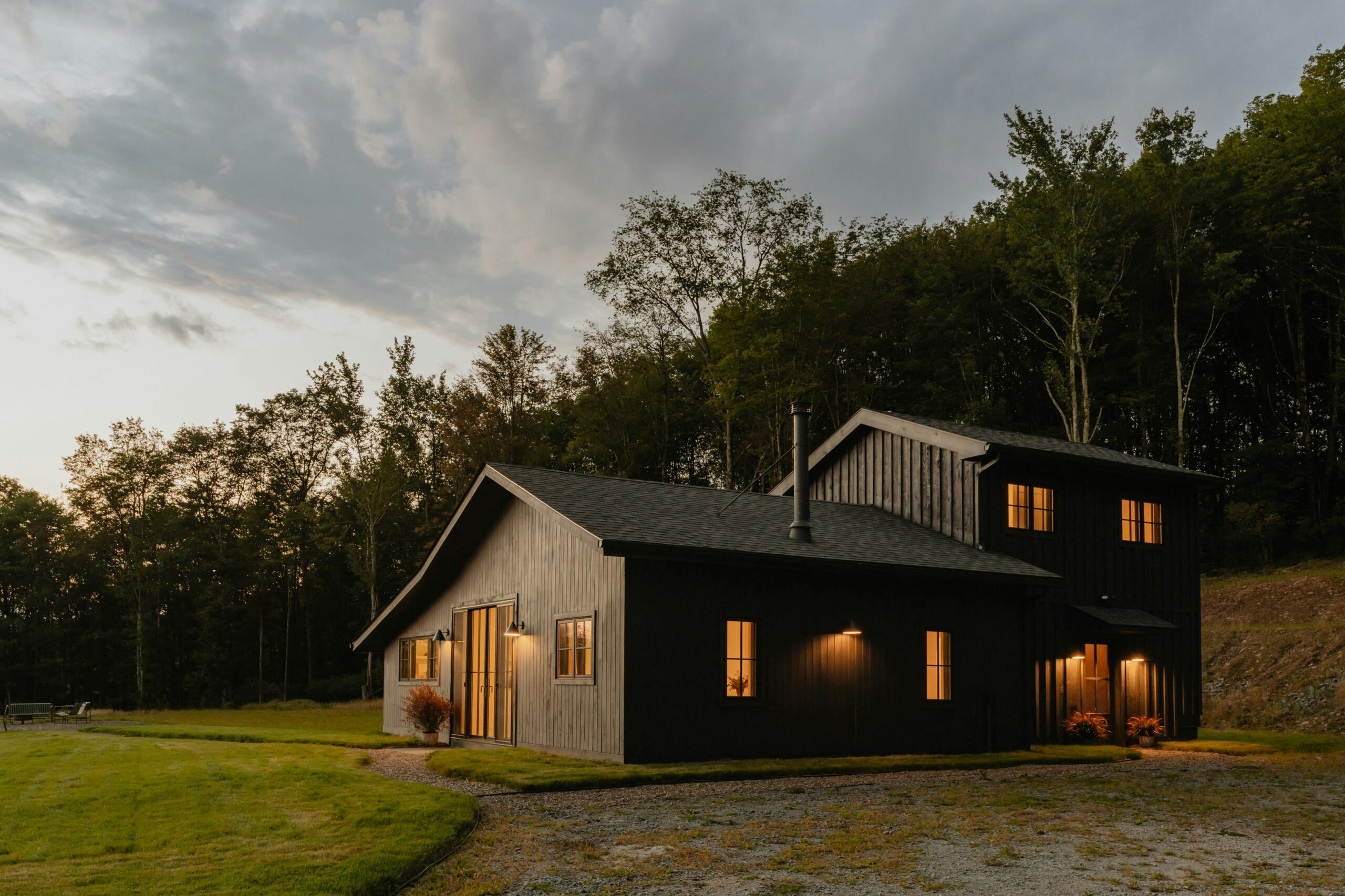Why Choose Black Siding: Benefits and Considerations

Black siding is a bold, stylish option gaining popularity among homeowners — and for good reason. From its sleek aesthetic to its ability to complement various home styles, black siding offers a range of benefits that make it a standout choice.
There are a few key factors to consider before making your decision, such as maintenance, climate compatibility and different material options, to ensure the best choice for your home.
Benefits of Black Siding
More homeowners and designers are choosing black siding for its modern, sophisticated look, versatility, durability and longevity.
Modern and Sophisticated Look
Black is often linked to sophistication and modern style, making it a perfect choice if you want your home to reflect those qualities.
It provides a type of luxury that is more refined than ostentatious, although it can also express plenty of character when paired with other architectural and decorative choices.
Versatility Across Architectural Styles
From the earthy coloring of Craftsman-style homes to the rustic wood details of Farmhouse-style homes, black siding is versatile enough to complement various architectural styles without diminishing their key traits.
Durability and Weather Resistance
When it comes to weather resistance, the siding material is more important than its color. Look for siding that advertises moisture resistance, like Azek Captivate, as it is less likely to rot or warp in wet conditions.
If you prefer a more traditional approach, a Japanese technique known as “shou sugi ban” involves burning wood to a black color. Wood siding treated this way can become more resistant to water and fire. If you’re after a charred look, Thermory Ignite is a great option with unequaled beauty, strength and stability.
Longevity and Low Maintenance
The darker hue of black siding can sometimes mask minor scuffs or weathering, reducing the need for excessive cleaning. When protective coatings are added — or moisture-resistant siding materials are used — mold and mildew buildup can also be avoided.
Considerations for Black Siding

While black siding offers many benefits, it’s important to consider how it may impact your home’s performance in terms of temperature regulation, maintenance and cost.
Impact on Home Temperature
The impact of the siding’s color on energy costs is worth considering and will vary depending on your location and temperature preferences. Darker colors are known to absorb and retain more heat than lighter ones, which can affect a home’s exterior and interior temperature.
If you live in a hot area, you may experience increased cooling costs if you have a black house. However, if you live in a colder area, you may find that black siding reduces the cost of heating your home.
Effects of Sun Exposure
Because black siding absorbs more heat, it can be prone to fading. This is particularly true if you choose a material without a protective coating. Thankfully, UV-resistant coatings are readily available, and many siding materials have these built in.
For siding materials without these coatings, Russin has an in-house finishing facility offering a full range of finishing products. Our specialty equipment ensures a consistent application across every board.
Regular Cleaning and Upkeep
Siding requires some upkeep, regardless of its color. However, black siding can take longer to appear dirty, as its dark color masks dirt and debris. To clean black siding, you can use a cloth and mild household cleaner.
More important than cleaning is inspecting for damage. Chips, scratches, cracks or warping should be addressed promptly — the siding may need to be replaced if this is the case. To avoid the likelihood of this happening, choose a more durable siding material.
Cost Implications
The quality of the siding material, regardless of its color, greatly impacts its price. Vinyl siding, for example, is cheaper than wood siding. While prices vary based on the features selected, the average cost per square foot of vinyl siding is $3.50 to $5.50. The average cost of wood siding per square foot is $7.50 to $14.00.
Expert Advice on Choosing Black Siding

Before settling on black siding, consider your home’s overall aesthetic. Black is a powerful color that can make a bold statement, but it is also versatile enough to complement a wide range of styles.
Whether you’re drawn to a sleek, modern look or want to add a touch of contrast to a more traditional design, black siding can be adapted to fit your vision. Consider the surrounding environment and your home’s architectural features to ensure that the choice of black enhances rather than overwhelms the overall appearance.
Black Siding Installation Insights
The process of installing black siding will depend on the type of siding material you choose. However, regardless of the material, there are some general best practices and things to avoid.
Best Practices for Installation
Installing black siding can be straightforward, but like any home improvement project, it’s important to follow some best practices to ensure a successful outcome.
The exact process will depend on the type of siding material you choose, but the following tips apply no matter what you’re working with:
- Overlapping Panels: Make sure your panels overlap properly for a tight, weatherproof fit. This helps keep water out and ensures your siding stays secure and effective.
- Secure Fastening: Use nails or screws to attach your siding, making sure they’re driven in straight and snug. A secure fit is key to avoiding loose panels down the road.
Avoiding Common Issues
While black siding can elevate the look of your home, improper installation can lead to a few common problems. Here’s a rundown of the issues you might encounter and how to avoid them:
- Water Infiltration: Water infiltration is one of the most common issues during installation. If edges, seams or corners are not properly sealed, moisture can get behind the siding, leading to mold, rot or rust. Ensure that flashing and sealant are used around windows, doors and seams.
- Incorrect Fastening: Using the wrong fasteners or failing to drive nails in at the proper depth can lead to loose panels or material damage. Make sure fasteners are suitable for your siding material and installed correctly.
Russin: Top Quality Black Siding
For three generations, Russin has provided customers with high-quality building products. Our extensive range of siding is available in various colors — including black.
From our water-resistant Azek Captivate siding to our durable and rot-resistant Real Cedar siding to our range of custom finishes, our siding products fit any architectural style and climate.
To learn more about our products, contact our team today.

